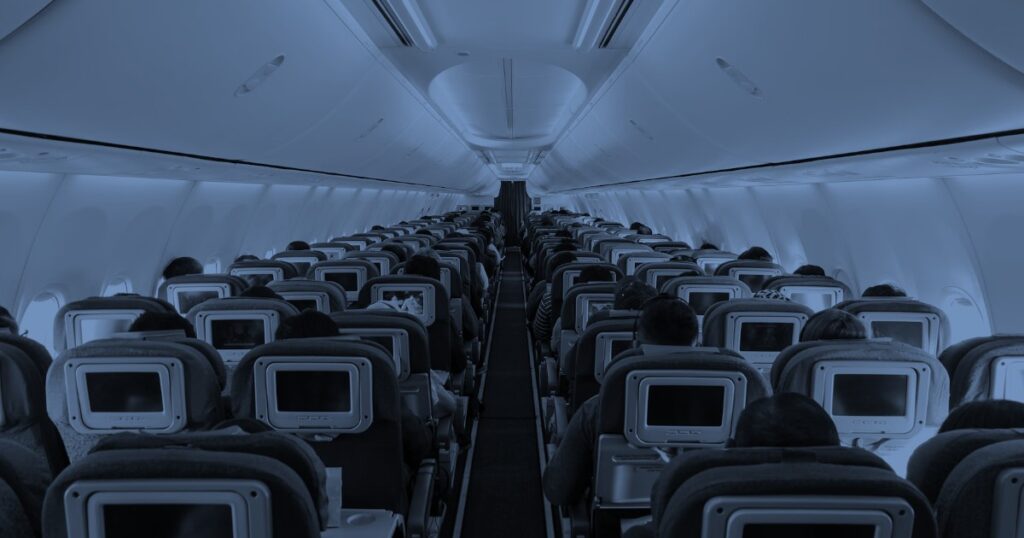Have you or a family member been injured due to an accident while travelling on or while getting off or on an international flight? If so, then the Montreal Convention (1999) likely applies to your claim.
The Montreal Convention is an international treaty that governs personal injury claims occurring on international flights. In order to be covered by the treaty the international flight must start and end in countries that are parties to the treaty. It must be noted that the treaty does not apply to flights that are solely domestic. A different regime applies to domestic flights.
The Montreal Convention imposes strict liability on air carriers up to a certain limit, which is presently set at $277,000 CAD. This means that an injured person does not need to establish fault on the part of the air carrier to seek compensation for an accident up to this first-tier limit. However, if an individual is seeking compensation beyond this first-tier limit of $277,000 CAD then they must prove the value of their damages and the airline then bears the burden, often referred to as a “reverse onus,” of proving that the airline was not negligent.
Whether an event or incident on an international flight constitutes an “accident” is determined on a case-by-case basis and has been the subject of considerable legal argument while the treaty has been in force.
The U.S. Supreme Court in Air France v. Saks, 470 U.S. 392 (1985), defined “accident” for the purposes of the treaty as an injury “caused by an unexpected or unusual event or happening that is external to the passenger.” This definition is helpful in assessing whether an “accident” has occurred for purposes of bringing a claim in the U.S., but is not the final word, as Canadian courts have taken a different approach. Canadian courts ask whether the injury was caused by an “accident.” The upshot is that, in Canada, inaction by a flight attendant or otherwise will not likely constitute an “accident” under the treaty.
When one is injured by an accident while travelling on an international flight or while getting on or off an international flight they should report the injury promptly to the airline, so it can be properly documented. Further, one must act quickly if they plan to take legal action, as the treaty sets out a 2 year limitation for bringing a claim. Failure to bring a claim within two years of the accident occurring means one is forever barred from seeking compensation.
If you have been injured while travelling on an international fight it is important to seek legal advice from an airline injury lawyer who can help you understand whether you have a claim. An airline injury lawyer can help you understand your rights and help you make a claim for compensation.

